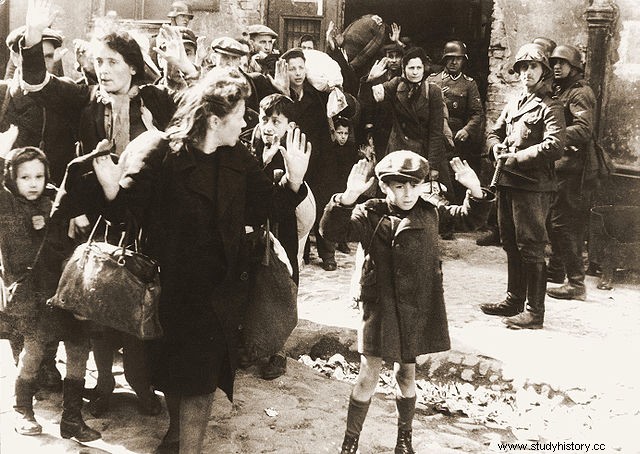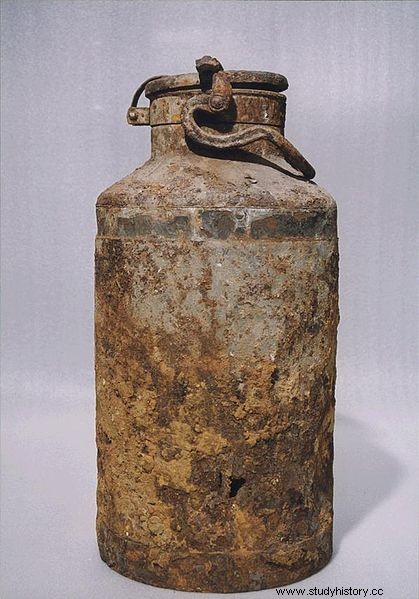The Warsaw Ghetto was the largest of all those established in Nazi-occupied Europe during World War II. In 1940, an area of just over 3 km2 was fenced off to confine the Jewish population of Warsaw and its surroundings, some 400,000. It was three years of hunger, illnesses, deportations to the Treblinka extermination camp… that culminated in the uprising of the ghetto. In May 1943, after the Nazis put down the uprising, the balance was bleak... more than 300,000 Jews had died.

Inside the Warsaw ghetto, the Jewish historian Emanuel Ringelblum created the group Oyneg Shabat (the joy of the day of rest) made up of scientists, writers, cartoonists, rabbis... with the sole intention of recounting the day to day in the ghetto; a society chronicle of seclusion and the miseries suffered in order to write a book once the war was over. They gathered the information that everyone provided them and with it they prepared reports, essays, drawings... In addition, one of those deported to the Chelmno camp , Yacob Grojanowski , he managed to escape and returned to the ghetto where he described in detail all the atrocities he had seen. A detailed report was produced and, through the Polish resistance, made its way to London where it was published as the Grojanowski report . Deportations to the camps increased and death, due to disease or hunger, took over the ghetto... the expectations of being able to get out of there alive were diluted . So, they forgot about the book and decided to hide all the documentation by burying it in 3 milk cans and 10 metal boxes throughout the ghetto... the world should have known that horror . To date, the 10 metal boxes and 2 milk cans have been located.

After the ghetto uprising, almost all the members of the group were killed, but Ringelblum and his family managed to escape and hid for almost 2 years. When they were discovered by members of the Gestapo, they executed the entire family and… the one who had given them shelter.
